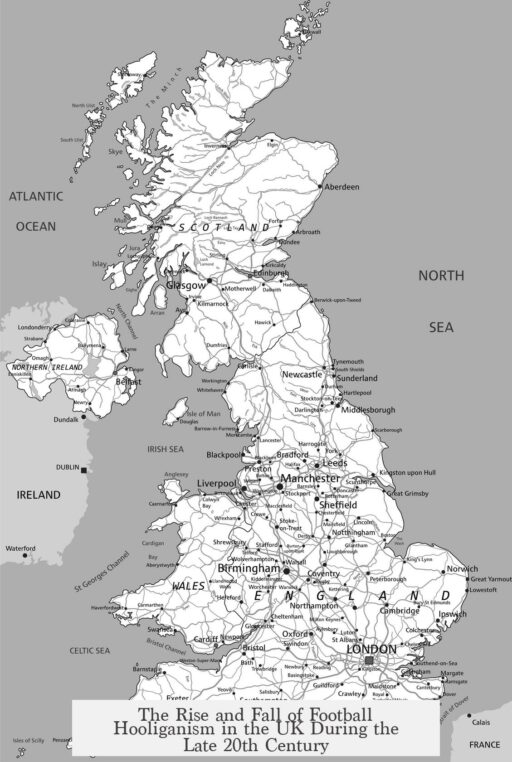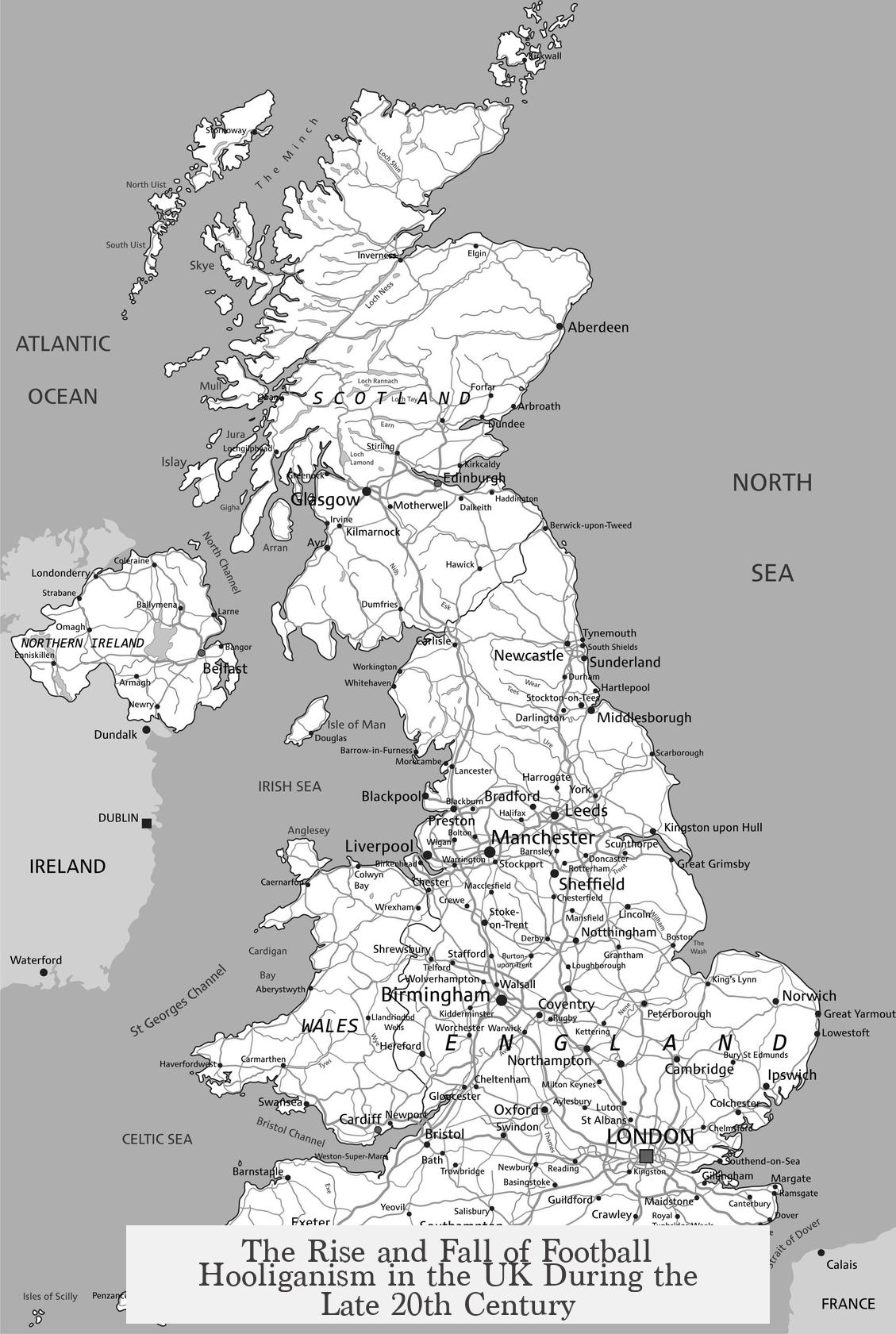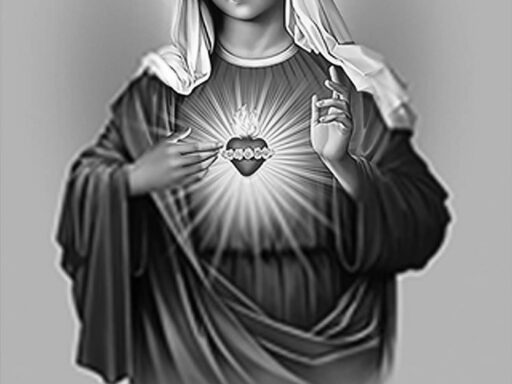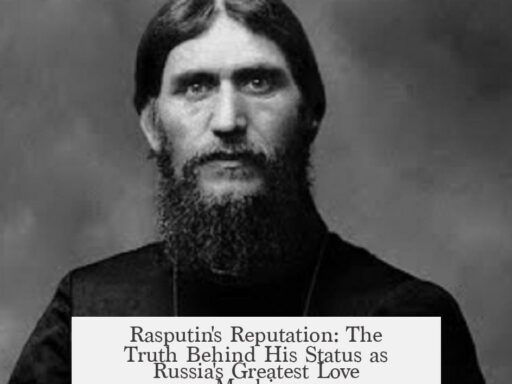Football hooliganism in the UK during the last quarter of the 20th century was notably severe due to its emergence as an organized sub-culture among working-class young men, fueled by social and economic factors. It formed part of a broader societal issue involving economic hardship, identity, and masculinity. The decline of hooliganism followed coordinated institutional responses, policing improvements, legislative measures, and changes in stadium infrastructure, significantly reducing its prevalence.
Football hooliganism has deep historical roots in the UK, with spectator violence documented since the Middle Ages. Early football matches often sparked fights between local youths. In the 19th century, known as “roughs,” troublemakers sometimes assaulted opposing teams or fans. However, what made the late 20th century distinct was the emergence of hooliganism as an organized, ritualistic sub-culture during the 1960s and 1970s.
This new form of hooliganism was less about spontaneous outbursts during matches and more about pre-arranged fights, symbolic acts of violence, and group identity known as “firms.” These groups aligned themselves closely with particular clubs and adopted specific names such as the Inter City Firm (West Ham United) or the Red Army (Manchester United). Hooliganism was concentrated among young working-class men who often lived in economically deprived areas and adhered to a valued masculinity that permitted violence to defend honor and identity. The stadium’s cheap standing sections provided a space for these groups to organize and network.
Economic hardship played a central role. The 1970s and 1980s in Britain were marked by high unemployment, inflation, and social alienation, factors that contributed to a “backlash” among marginalized youth. Sociologists have connected hooliganism with feelings of disenfranchisement and the search for belonging. The cultural code for these groups included defending the team’s pride not only inside the stadium but also through vandalism and violence in opposing clubs’ towns. Racial tensions also surfaced, with black players frequently facing racist abuse from rival fans, exacerbating social conflicts.
The phenomenon spread internationally. Initial outbreaks in Britain inspired similar groups across Europe. Matches between English and Dutch clubs in the 1970s led to the formation of Dutch hooligan firms in response to English attacks. Fans in France, Eastern Europe, and beyond also adopted hooligan tactics after encounters with British supporters. Thus, British hooliganism was both a domestic social issue and an exported cultural problem revolving around aggressive football support.
The decline of football hooliganism in the UK was driven by several key events and responses. The Heysel Stadium disaster in 1985 exemplified the tragic consequences of hooligan violence, when Liverpool fans attacked Juventus supporters. This incident caused many deaths and shocked national and international audiences, prompting urgent calls for change.
Following Heysel, the Council of Europe recommended improved stadium safety measures, such as segregating rival fans and installing physical barriers. UEFA and later the UK’s Taylor Report pushed for all-seater stadiums and infrastructure upgrades to prevent crowd violence.
Policing methods evolved, shifting from confrontational to intelligence-led approaches. Pre-arranged fights outside stadiums became more difficult due to better surveillance and policing coordination. Telephone hotlines and CCTV cameras helped identify offenders, while lifetime bans on troublemakers and stricter controls on alcohol consumption at matches reduced risk factors.
Legislation such as the Sporting Events (Control of Alcohol etc.) Act 1985 introduced strict rules on alcohol possession on public transport and within stadiums, curtailing intoxication-linked disruptions. Crowd segregation became standard, limiting physical contact between rival fans.
The Hillsborough disaster in 1989 further reshaped public attitudes. The tragedy exposed failures in police management and stadium design, redirecting blame away from fans and towards institutional negligence. This shifted discourse away from blaming hooligans as solely responsible, focusing instead on public safety reforms.
Academically, perspectives shifted over time. Early views romanticized hooligans as a working-class resistance against social neglect. Later research recognized the problem’s complexity, linking hooliganism to broader social and economic disenfranchisement, while rejecting glamorization of violent sub-cultures. Parliamentary inquiries in the 1990s confirmed that hooliganism was not an inevitable feature of football, but rather a social issue requiring targeted interventions.
- Organized hooligan firms emerged in the 1960s–80s among young working-class men frustrated by economic and social pressures.
- Hooliganism spread internationally after British firms clashed with foreign supporters during European competitions.
- The Heysel disaster in 1985 and subsequent tragedies mobilized governments and football authorities to act.
- Improved policing, stadium safety measures, and legal restrictions drastically reduced violence at matches.
- Changing social attitudes and academic research reframed hooliganism as a preventable social problem.
These factors combined to reduce football hooliganism from a widespread and entrenched problem to a much smaller issue in the UK by the late 1990s and beyond.
Why did football hooliganism become a distinct sub-culture in the UK during the 1960s and 70s?
Hooliganism evolved from spontaneous violence to organized groups with names and identities. These groups, mostly young men, engaged in ritual fights and vandalism beyond match events. The gatherings centered in cheaper stadium areas helped them organize.
Was hooliganism in UK football connected to broader social and economic issues?
Yes, many see it as a working-class response to unemployment and social alienation. Young men with little economic prospect bonded through violence to defend their honour. This formed a cultural code linked to masculinity and local pride.
Did football hooliganism stay confined to the UK or spread internationally?
Hooliganism spread widely in Europe during the 1970s and 80s. English fans influenced Dutch and French groups, among others, through violent clashes in international matches. Many countries developed their own hooligan scenes in response.
What major events triggered the decline of football hooliganism in the UK?
The Heysel disaster in 1985 was pivotal, where violent clashes caused deaths and injuries. This led to European safety reforms and better policing. Later, the Hillsborough tragedy shifted the focus to policy failure rather than fan blame.
How did changes in policing and stadium safety reduce hooligan violence?
Authorities improved crowd control, separated rival fans, and rebuilt stadiums for safety. Policing became smarter and less confrontational, pushing hooligan fights to less visible areas and making violence harder to carry out during games.




